Balancing Job Duties and Daily Life in the Work-from-Home Environment
Working from home can be a daunting experience, even for long-time telecommuters, and it often requires a period of adjustment to develop a productive daily routine. In the work-from-home setting, distractions invariably come up throughout the day, so balancing job duties, health, family, and personal interests can seem impossible, and the boundary line between work and personal life can easily become blurred.
In the current global environment, most people lack the time to make an easy transition to working from home and planning an organized home work schedule, with pressure from household duties being high and timelines to finish remote projects short. Many who work remotely also have to care for children or parents, creating a situation in which people are doing two jobs at once. This can lead to burnout if telecommuters don’t take the time to focus on their own needs and plan their lives efficiently.
With the work-from-home lifestyle becoming ever more common around the world, it’s important for remote team members to establish clear limits between work time and personal time. In this way, you can become more productive in job-related tasks and feel less stressed. If you fail to establish limits and systems that help you stay focused on what you need to do, you’ll not only be less productive but may also end up becoming overly fatigued in both your work and daily life.
Fortunately, there are specific steps you can take to create boundaries and thus help yourself be productive in both work and household tasks during this challenging time. The following are some practical suggestions to assist you along the way.
Shut the Door to Your Work Space
By far, the most challenging aspect of working from home is the lack of physical separation between domestic life and work life. When you go to a business office, you know it’s a place to work. When you operate from home, however, domestic and job duties inevitably run together unless you set up a designated office area and go there when it’s time to do work-related tasks.
A space with a door that you can close is ideal because when you close it, you can maintain some degree of separation from the people you live with; otherwise, if they have the chance to walk in and talk to you, give you a hug, or socialize, they will. On the other hand, when they see that the door is closed, it’s a cue that you’re working and need some time that’s free of distractions. It might even be helpful to put an “at work” sign on the door to make it perfectly clear you need to be left alone.
Incidentally, eliminating distractions also relates to the virtual domain, so it’s a good idea to turn off notifications from Twitter, Slack, and other messaging platforms.
Divide up Your Time
This step is important because it allows you to be more productive than you would otherwise be. In most cases, when people work from home, it’s hard to keep a strict 9-to-5 schedule, especially with homeschooling duties and other domestic challenges to deal with. More important is to create a plan about how you’ll go about accomplishing your schedule of tasks in the time you have available. And an ideal place to keep such a schedule is the large open canvas of a whiteboard painted wall. Here you can record all the activities you need to complete in a given day, week, or month, and easily change the entries when necessary by erasing and rewriting. The great size of a whiteboard wall allows you to mark all the activities on your schedule in large print, making them easier to see and interact with. Although, according to psychologists, large lettering is not necessarily an aid to memory, unusually shaped and hard-to-read lettering is, so you can use an odd writing style when putting items on your agenda to help you remember exactly what to do and when to do it. Recent studies have shown that people recall much more material in science, history, language, and other fields when they study it in a font that’s both unfamiliar and also hard to read.
You can divide your time into chunks that cover the entire day. For example, you might create a morning chunk when you can quietly do writing projects before other family members are awake then respond to emails and texts in the same chunk of time. In the afternoon, you can make a block for doing research or participating in meetings, with each task scheduled so that they don’t interfere with other activities.
Using this approach will also make it easy to prioritize the day’s projects. If a colleague wants to have a virtual meeting, you can just offer them a time during the next chunk of your schedule. And if an unexpected task comes up, it will either need to fit into the suitable block of time in your schedule, or it will have to wait.
Keep a Time Log
Open a new spreadsheet on your laptop or desktop and write the days of the week along the top. Include half-hour blocks from 5 a.m. to 4:30 a.m. along the left side, then record what you do every day in this time log: sleep, make breakfast, work, go out on errands, etc. Do this every week, 168 hours, then archive the log, open a new spreadsheet, and keep tracking your time usage with your log. If you continue doing this, the way you think about and use your time will undoubtedly change. In fact, knowing exactly how your hours are spent each day will help you become more efficient, and you may come to realize that even in a jam-packed life, there is still space for other activities. Knowing where your time is spent will allow you to reassign segments of time from mundane pursuits such as web surfing to meaningful activities such as reading literary classics or taking up a musical instrument.
Keeping a time log can help you realize that you have the chance to ramp up your involvement in personal interests. However, the most important outcome of maintaining a log can be a newfound sense of time’s abundance, the recognition that you have a full life and have time to do what’s necessary to make it even more meaningful. Gaining this sense of time’s abundance requires only a few minutes each day to keep your log up to date.
Plan When to Quit Working
Just as important as being deliberate about how you use your time is being deliberate about when to quit working. This means no more last-minute emails or text messages. Just stop. You’ll always have plenty of work to do, but if you don’t decide when to stop working, your life will become unbalanced. You’ll keep working and won’t have enough time for other tasks such as household chores that also need to be done. Quitting work doesn’t just happen on its own, and if you wait until you’re wrapped up in a major project to try and determine where to stop, most often you won’t, and you’ll find a reason to just keep working past your designated quitting time.
As an alternative, when planning your day, decide on an exact time to quit, and when you reach that point, stop, even if you have more work to do than you did when you started. Quit, and avoid thinking about work. Then the next morning, you can make a new plan to get the rest of the work done. Just be sure that your next plan also includes a time to quit, which you can write in large letters on your dry erase wall to help you remember.
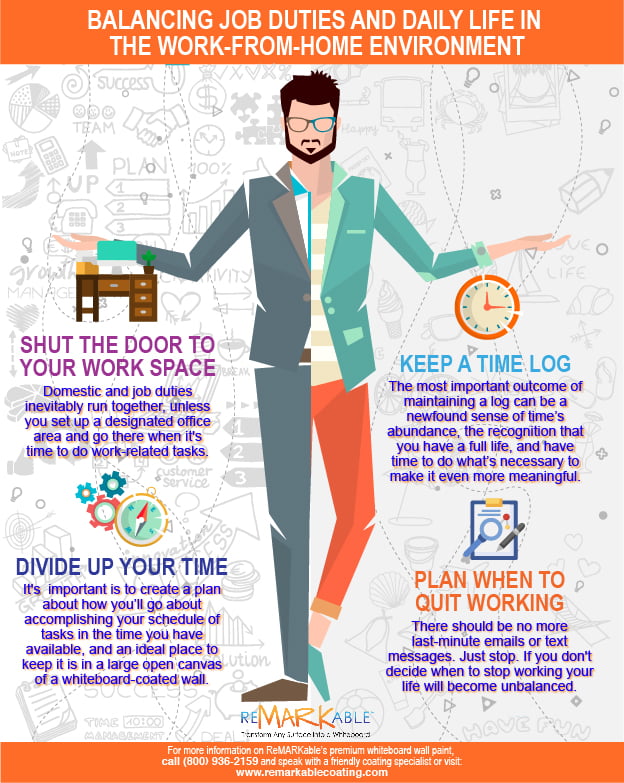

























































































![ReMARKable’s Winter Sale is Here! [25% Off + Free Shipping]](https://www.remarkablecoating.com/wp-content/uploads/2018/01/Red-Tag-Winter-Fashion-Facebook-Post-1-440x264.png)















![Drive Your Organization Into Openness and Watch it Expand [20% Off Whiteboard Paint]](https://www.remarkablecoating.com/wp-content/uploads/2016/04/Drive-Your-Organization-Into-Openness-and-Watch-It-Expand.-1-440x264.jpg)

![30% Off St Patrick’s Day Sale! [Details Inside]](https://www.remarkablecoating.com/wp-content/uploads/2016/03/Glorious-1-440x264.png)


![Giant Leaps Forward Require Big Spaces. [Leap Year Sale Event!]](https://www.remarkablecoating.com/wp-content/uploads/2016/02/Giant-Leaps-ForwardRequire-Big-Spaces-440x264.jpg)

















![ReMARKable Summer Sale 2018 [28% Off Whiteboard Paint]](https://www.remarkablecoating.com/wp-content/uploads/2018/06/Blue-Simple-Line-Beach-Facebook-Post-1-440x264.png)










































































































































































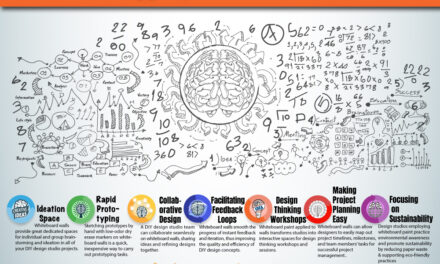





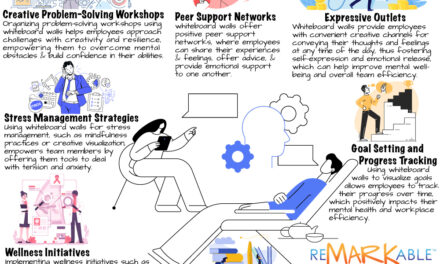



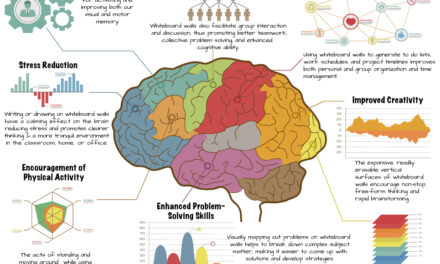


























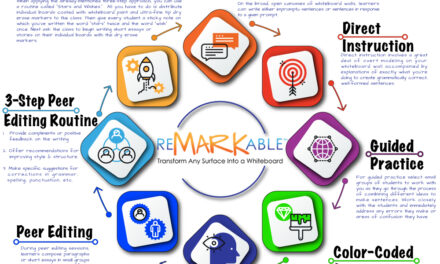












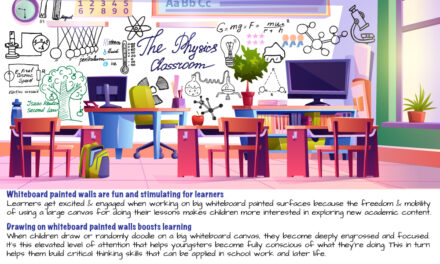
























0 Comments